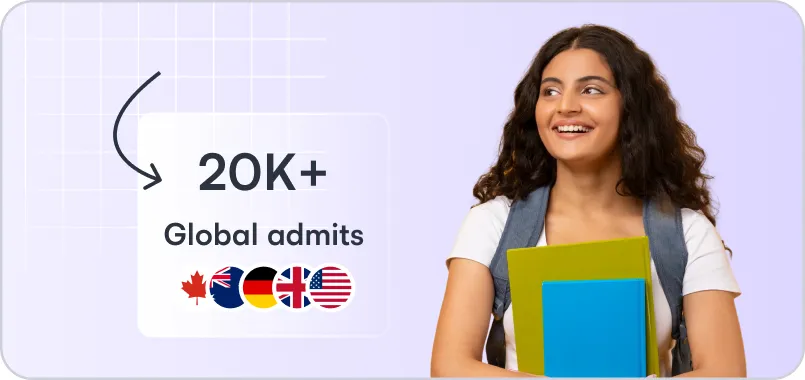To score well in the GRE Geometry section, you need to follow a certain practice pattern right from the advanced level. Some of the ways to prepare are mentioned below:
Memorising the Key Concepts
Any arithmetic idea can be intimidating in the initial stage of practising, especially if you haven't taken a maths course in a long time. However, becoming acquainted with some of the major geometry ideas should boost your confidence and help you score well on any GRE geometry question that comes your way. Here are some key concepts which you should know:
- Relationship between Angles: Understand the definition of an angle, how it is made, and how it connects to other angles in a shape or when formed by line intersections. Recognize any peculiar features of right angles. Also, keep in mind that the interior angles of triangles always add up to 180 degrees, that a line equals 180 degrees, and that a circle equals 360 degrees.
- Pythagorean Theorem: Memorise the entire theorem which is very important during the GRE exam.
- Special Right Triangles: Recollect all characteristics of special right triangles.
Suggested: Know All About GRE Quantitative
Making Flashcards
Creating flashcards is one of the most effective strategies to remember key information in geometry. If you prefer paper flashcards, put the formula, or shape, on one side and its definition or explanation on the other. Include illustrations or examples whenever possible to provide context for the concepts you're learning.
Suggested: GRE Flashcards to Boost Your Verbal Skills!
Regular Self-Testing
Since there are enough materials for GRE Geometry practice questions, you must test your ability to solve problems regularly. Solving real practice questions will help you prepare for solving questions you will have to solve while appealing for the GRE Quant section. The more GRE geometry preparation you undertake, the more precisely you can answer such questions on test day. GRE Geometry practice questions also introduce you to the various ways geometry problems face the test.
Suggested: Know about the GRE 2022 Dates!
To further strengthen your GRE preparation, Yocket has recently launched its Yocket Prep which will help you get an in-depth section-wise analysis through numerous diagnostic tests, mock tests, practice tests and what-not! For starters, you can take the 30-minutes FREE diagnostic test; and if you like the analysis; you can directly opt for Yocket Prep+ for just Rs 99/-!









